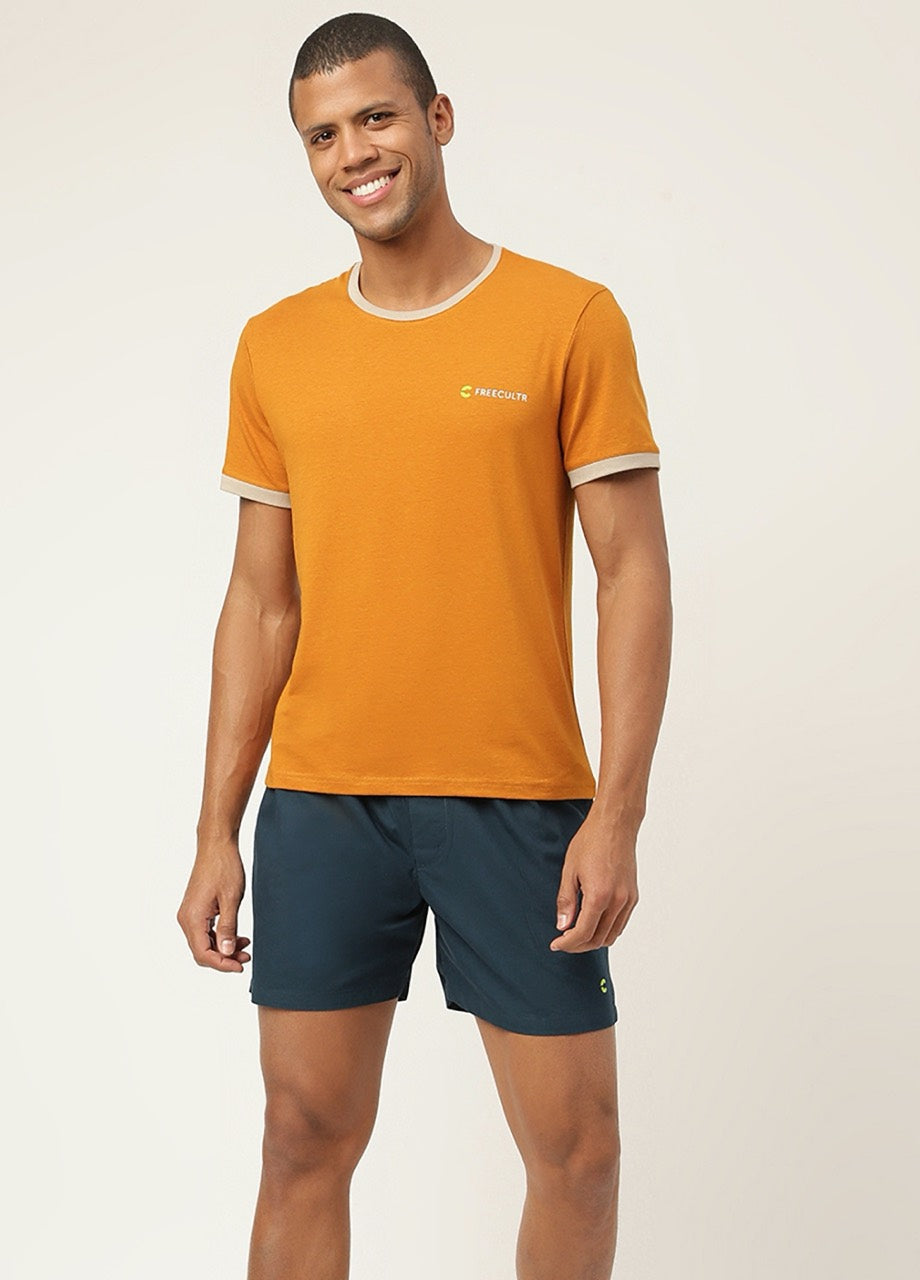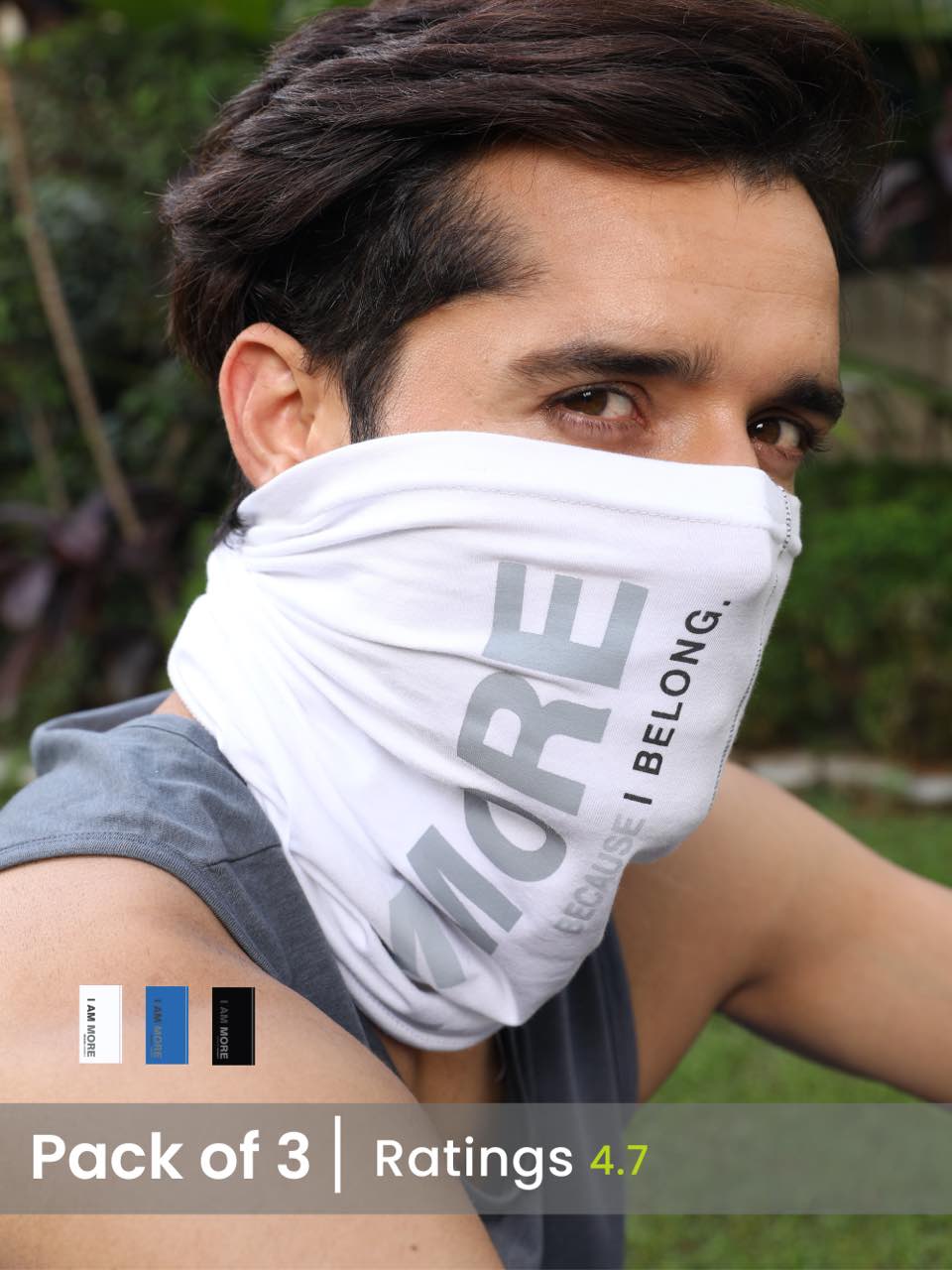Beyond the fleeting trends of neon and novelty prints, serious swimmers and sun-conscious athletes are demanding more from their swimwear. Today's men's trunks need to perform, protecting against both the harsh summer rays and the corrosive effects of chlorine, all without sacrificing comfort or style. We're not just talking about a quick dip; consider the rise of open-water swimming events and the increasing awareness of long-term skin health. This requires swimwear engineered for endurance, featuring UPF 50+ protection to block over 98% of UV radiation and chlorine-resistant fabrics that maintain their integrity, season after season. It's about investing in gear that works as hard as you do.

Understanding UPF 50+ Protection
UPF, or Ultraviolet Protection Factor, is a rating system used for fabrics, indicating how effectively they block ultraviolet (UV) radiation from the sun. Unlike SPF (Sun Protection Factor), which measures protection against UVB rays (the ones that cause sunburn), UPF measures protection against both UVA and UVB rays. A UPF rating of 50+ means that the fabric blocks 98% or more of UV rays, significantly reducing your exposure to harmful radiation. This is a critical consideration for anyone spending time outdoors, especially during peak sun hours.
Why is UPF vital?
- Skin Health: Prolonged exposure to UV radiation can lead to premature aging, sunburn. An increased risk of skin cancer.
- Preventing Sun Damage: Even on cloudy days, UV rays can penetrate the clouds and damage your skin.
- Peace of Mind: Knowing your swimwear offers UPF 50+ protection allows you to enjoy your time in the sun with added confidence.
How UPF Ratings Work:
The higher the UPF rating, the greater the protection. A fabric with a UPF of 50 allows only 1/50th (or 2%) of UV radiation to pass through it. Fabrics achieve UPF ratings through various methods, including:
- Fabric Construction: Tightly woven fabrics offer better protection than loosely woven ones.
- Fabric Composition: Certain fibers, like polyester and nylon, naturally provide more UV protection than others.
- Dyes and Treatments: Darker colors and special UV-absorbing dyes can enhance a fabric's UPF rating.
The Science of Chlorine Resistance
Chlorine is a powerful disinfectant used in swimming pools to kill bacteria and algae. But, it can also wreak havoc on swimwear, causing fading, degradation of elastic fibers. A general breakdown of the fabric. Chlorine-resistant fabrics are engineered to withstand the harsh effects of chlorinated water, extending the lifespan of your trunks and maintaining their appearance.
How Chlorine Damages Swimwear:
Chlorine works by oxidizing organic materials. This process, while effective at killing microorganisms, also attacks the fibers in swimwear, especially natural fibers like cotton and elastane (spandex). Over time, this leads to:
- Fading: Chlorine breaks down the dyes in the fabric, causing colors to fade and become dull.
- Loss of Elasticity: Elastane fibers are particularly vulnerable to chlorine, leading to a loss of stretch and shape retention.
- Fabric Weakening: Prolonged exposure to chlorine weakens the overall structure of the fabric, making it more prone to tearing and damage.
Materials Used in Chlorine-Resistant Trunks:
Several synthetic materials are inherently more resistant to chlorine than natural fibers. Common choices include:
- Polyester: A durable and chlorine-resistant synthetic fiber that holds its shape and color well. Look for trunks made from 100% polyester or blends with a high polyester content.
- PBT (Polybutylene Terephthalate): An even more chlorine-resistant alternative to polyester. PBT fibers are highly resistant to degradation and maintain their elasticity even after prolonged exposure to chlorine.
- Nylon: While not as chlorine-resistant as polyester or PBT, specially treated nylon can offer improved durability.
Key Features to Look For
When shopping for men's trunks that offer both UPF 50+ protection and chlorine resistance, consider the following features:
- Fabric Composition: Prioritize trunks made from 100% polyester or PBT. If a blend is used, ensure it has a high percentage of these chlorine-resistant materials.
- UPF Rating: Look for a clearly labeled UPF 50+ rating.
- Lining: A lining made from a similar chlorine-resistant material can add an extra layer of protection and comfort.
- Construction: Well-constructed trunks with reinforced seams will be more durable and withstand the rigors of swimming and other water activities.
- Fit and Style: Choose a fit and style that you find comfortable and flattering. Trunks are available in various lengths and cuts, so find one that suits your body type and personal preference.
- Quick-Drying Properties: Trunks made from quick-drying materials will be more comfortable to wear both in and out of the water.
Real-World Applications and Use Cases
The benefits of UPF 50+ and chlorine-resistant trunks extend to a wide range of activities and environments:
- Swimming Pools: Regular swimmers, whether for recreation or training, will appreciate the extended lifespan and fade-resistant properties of chlorine-resistant trunks.
- Beaches and Water Parks: Anyone spending time in the sun and water will benefit from the UPF 50+ protection, reducing their risk of sunburn and long-term skin damage.
- Outdoor Sports: Trunks with these features are also suitable for other outdoor activities, such as beach volleyball, surfing. Paddleboarding, providing both sun protection and durability.
- Travel: When traveling to sunny destinations, packing a pair of UPF 50+ and chlorine-resistant trunks can provide peace of mind and versatility.
Fashion & Comfort: Finding the Right Balance
While functionality is paramount, style and comfort are also essential considerations when choosing men's trunks. Fortunately, it's possible to find trunks that offer both UPF 50+ protection and chlorine resistance without sacrificing Fashion & Comfort.
Style Options:
- Classic Trunks: A versatile option that hits mid-thigh and offers a comfortable fit.
- Board Shorts: Longer in length and often featuring a drawstring waist, board shorts are a popular choice for surfing and other water sports.
- Swim Briefs: A more streamlined option that provides maximum freedom of movement.
- Square Leg Suits: Offers more coverage than briefs but still provides a snug fit.
Comfort Considerations:
- Lining: A soft, comfortable lining can prevent chafing and irritation.
- Waistband: Choose a waistband that fits comfortably and doesn't dig into your skin.
- Fabric Feel: Opt for fabrics that feel soft and smooth against your skin.
- Fit: Ensure the trunks fit properly without being too tight or too loose.
Finding the perfect balance of fashion and comfort is key to enjoying your time in the water. With so many options available, it's easy to find trunks that meet your specific needs and preferences. Look for brands that prioritize both style and functionality, offering a range of designs and features to suit every taste.
Conclusion
Investing in UPF 50+ and chlorine-resistant trunks isn’t just about swimwear; it's about investing in your well-being and confidence, allowing you to fully embrace aquatic adventures. Think of it as armor against the sun's harmful rays and the harsh effects of chlorine, ensuring your trunks – and your skin – stay looking good for longer. I always rinse mine thoroughly after a swim and let them air dry in the shade; it really makes a difference. Remember, the best adventures are the ones where you feel comfortable and protected. Don't settle for less when it comes to your swimwear. Choose trunks that offer both style and substance. Dive into every opportunity with enthusiasm and peace of mind. Now go make some waves! Learn more about UV radiation.More Articles
Men's Trunks – Quick Drying & Flexible FitBandana for Men – Versatile Style & Sun Protection
Tank Top – Breathable & Moisture-Wicking
Tees – Soft Cotton & Durable Quality
FAQs
So, what exactly are trunks. How are they different from, say, briefs or board shorts?
Good question! Trunks are a shorter, more fitted version of board shorts. Think of them as the Goldilocks of swimwear – not too tight like briefs, not too loose like board shorts. They usually hit mid-thigh and offer a nice balance of freedom and coverage.
UPF 50+? What does that even mean for my precious skin?
UPF 50+ is like sunscreen built right into the fabric! It means the trunks block out 98% of the sun's harmful UVA and UVB rays. , they're helping you avoid turning into a lobster without having to constantly reapply sunscreen to your legs. Still use sunscreen on exposed skin, though!
Chlorine resistant… will these actually survive my weekly pool visits?
Yep! Regular swimwear can get eaten alive by chlorine, leading to fading, stretching. Generally looking sad. Chlorine-resistant fabrics are designed to hold up much better, so your trunks should last a whole lot longer, even with frequent dips in the chlorinated abyss.
Are these trunks good for activities other than just swimming?
Absolutely! Because they're comfy and quick-drying, you can wear them for all sorts of things. Think beach volleyball, running errands, hitting the gym (if you're brave!) , or just lounging around. They're pretty versatile.
How should I wash them to keep them in tip-top shape?
Treat 'em right! Rinse them with fresh water after each use to get rid of chlorine or saltwater. Then, either hand wash them or toss them in the washing machine on a gentle cycle with mild detergent. Avoid the dryer – hang them up to air dry to keep the fabric happy.
What's the fit like? Are they tight, loose, or just right?
The fit is generally designed to be comfortably snug without being restrictive. Think athletic fit. They should hug your body without feeling like you're being squeezed. Check the size chart for the most accurate measurements, as sizing can vary a little.
Will the color fade over time despite being chlorine resistant?
While chlorine-resistant fabrics are much better at holding their color, some fading is inevitable over the long haul, especially with darker colors. Proper care (rinsing, avoiding harsh detergents, air drying) will definitely help minimize fading and keep them looking their best for longer.






